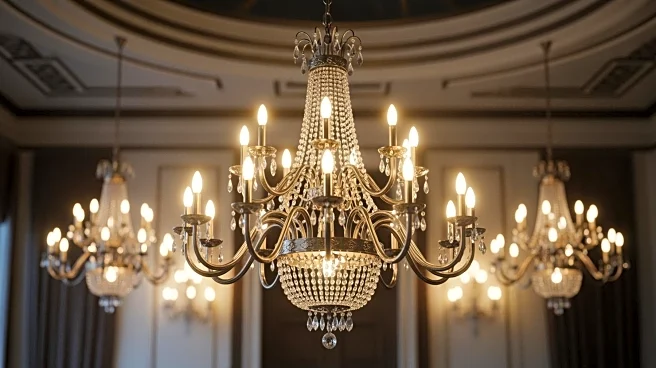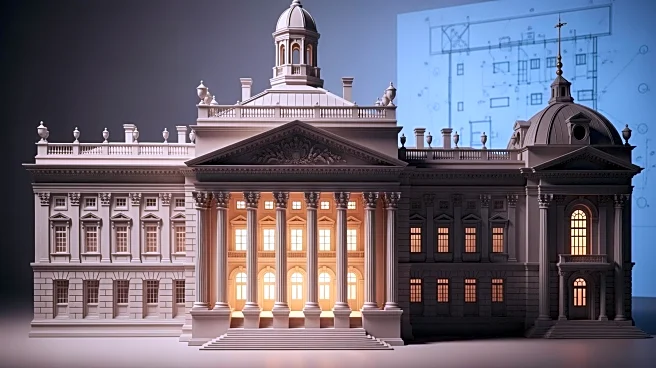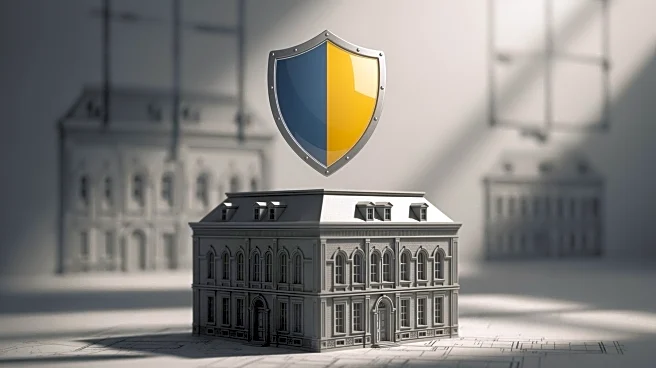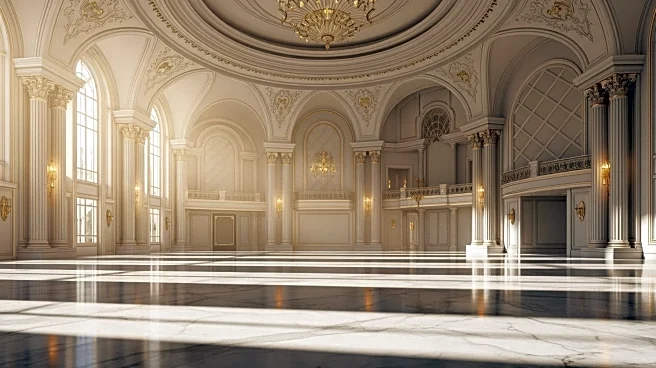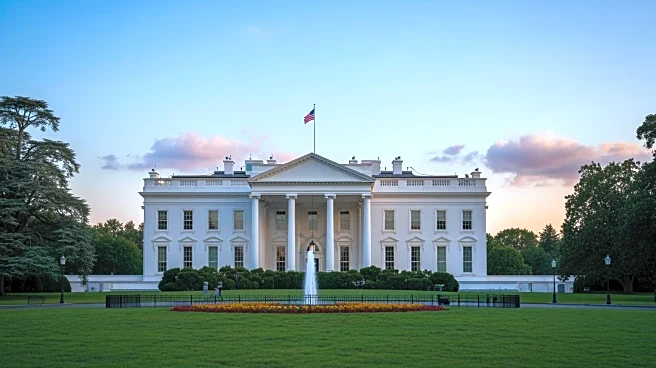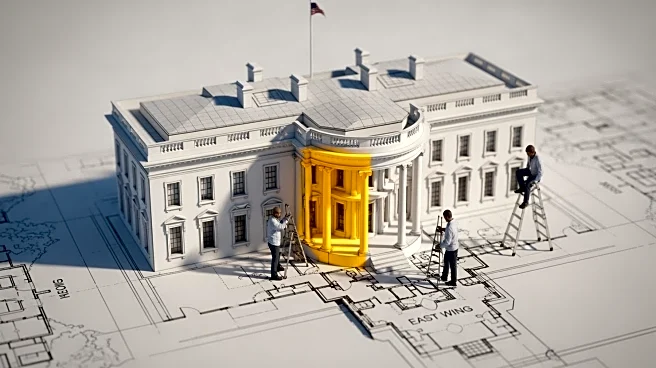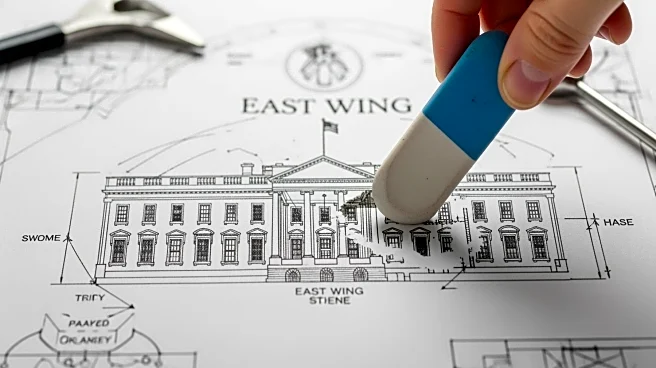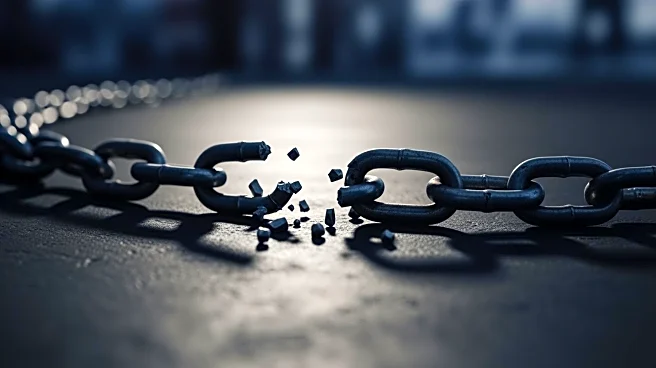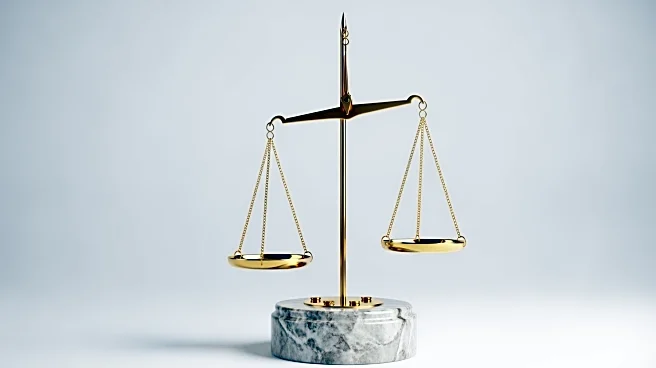What's Happening?
The Trump administration is set to demolish the entire East Wing of the White House as part of a project to construct a new ballroom. Initially estimated at $200 million, the cost of the ballroom has now
risen to $300 million, funded entirely by private donors. The demolition marks a shift from earlier plans where President Trump assured that the ballroom project would not interfere with the existing structure. The East Wing, built in 1902 and renovated in 1942, houses offices including those of First Lady Melania Trump. The demolition has led to the suspension of public tours, which typically begin in the East Wing, although officials plan to update the tour route soon. The project has faced criticism from historic preservation groups, urging a public review process before further demolition.
Why It's Important?
The demolition of the East Wing and the construction of a new ballroom at the White House have significant implications for historical preservation and public access. Critics argue that the changes could overwhelm the historic integrity of the White House, a symbol of American heritage. The project has sparked debate over the influence of private donors, with concerns about potential returns for major contributors, including tech companies. The ballroom is intended to facilitate hosting major functions like state dinners, but the controversy highlights broader issues of governance, transparency, and the balance between modernization and preservation of national landmarks.
What's Next?
The White House plans to submit construction plans for the ballroom to the National Capital Planning Commission, although the commission typically gets involved only during the construction phase. The administration faces pressure from historic groups to delay further demolition until a public review process is conducted. The project may continue to draw polarized reactions from the public, reflecting broader sentiments about President Trump's modifications to the White House. The administration argues that the ballroom will enhance the White House's ability to host significant events, but ongoing scrutiny from political figures and preservationists could influence future developments.
Beyond the Headlines
The decision to demolish the East Wing raises questions about the ethical considerations of altering a historic site for modern purposes. The involvement of private donors and the potential for their names to be etched into the ballroom's bricks suggest a commercialization of a national emblem, which could set a precedent for future modifications to government properties. The project also reflects the broader cultural and political divides in the U.S., as reactions to the changes are as varied as opinions on President Trump himself.
